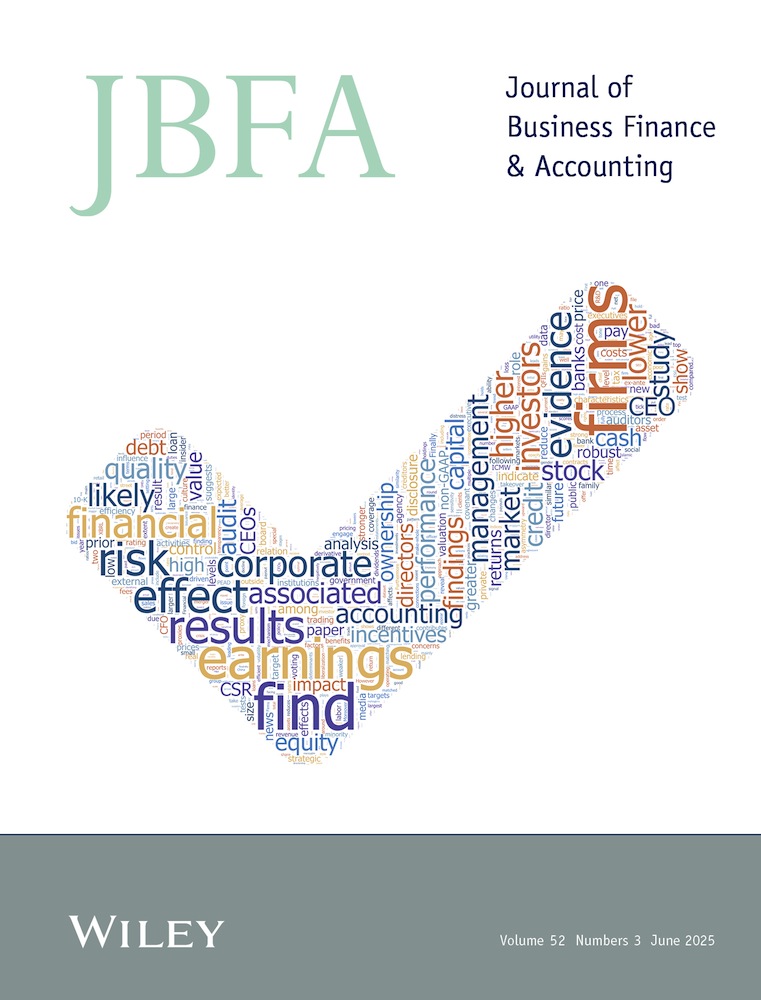The Garman-Ohlson Structural System
Abstract
The Garman-Ohlson structural model assumes the evolution of corporate earnings, dividends and book values are generated by a simultaneous equation system which links financial statement information to underlying equity value. However, little is known about the consistency of empirical outcomes with the model's underlying analytical properties. A continuous time interpretation of the model implies that solutions fall into one of three categories: (i) all eigenvalues of the structural model are real and distinct; (ii) some eigenvalues may be complex, and (iii) there are repeated eigenvalues. Maximum likelihood techniques can be used to estimate structural models and likelihood ratio tests can then be used to assess the validity of alternative specifications. We demonstrate both likelihood procedures by applying them to a sample of 214 UK companies covering the twenty one year period ending in 1994.




